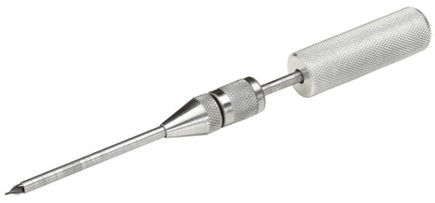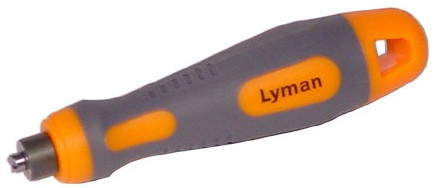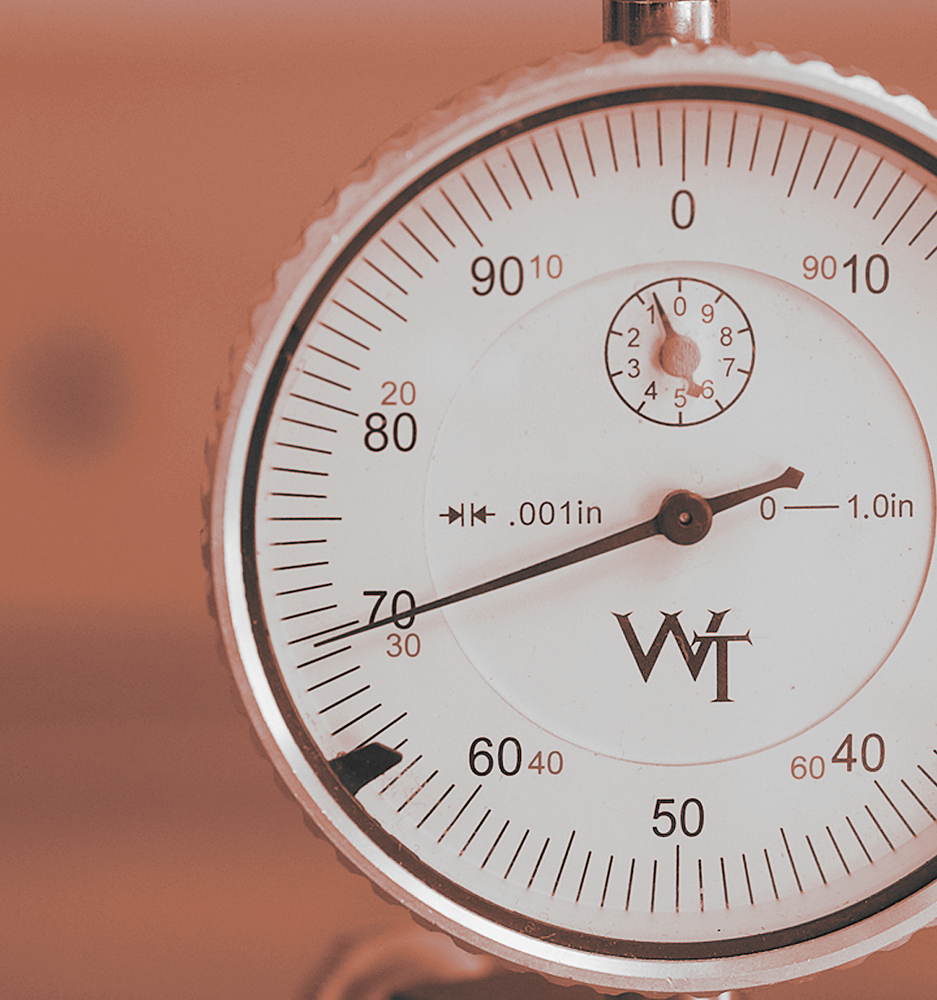There are a lot of ideas and options when it comes to loading the “most important” ammo. Here’s the 5-step process I ended up with… READ MORE
Glen Zediker
I spend a lot of time telling everyone else what they should do, and probably more time telling them what not to do, or what they could do… I thought it might be best to tell you all exactly what it is that I do to prepare a batch of ammo for a tournament.
That’s a quick way to show you what, clearly and obviously, matters to me. I admit: I don’t always do all the things that I talk about. A big part of my role here is to pass along information, answer questions before they’re asked, in a way of looking at it. There’s information, and then there’s action, and that’s not a contradiction, to me. For instance, I can tell you all about case neck turning, and metplat uniforming, and many other preparation steps. I have done them all, sometimes do them, but dang sho not always.
Believe me: I have tried everything and much, much more than I’ve ever talked about in these paragraphs.
Following is what I have found works to my satisfaction. Since I’m dealing with a fair amount of cartridges at any one time, there is, no doubt, a time and effort element that’s important to me. In other words, what’s coming next are the things I really think I must do to give my score the best boost I can reasonably give it.
Step One: Get my cases together and size them. I load in 100-round batches, so I start with five boxes, or whatever corresponds to 100 rounds. Without so much as a second glance, I run them all through my full-length sizing die: lube each and cycle it through. If nothing else, most new cases are not nearly ready to load. The case necks are usually banged up, not round, so at the least I’d need to size the inside and outside of the case neck, and I’ve found that, while other appliances will suffice for that, it’s just easiest to use my sizing die.
Step Two: I trim them all. This isn’t done as any matter of safety, just consistency. I set my trimmer to at the least touch each case mouth. This is very important! The next prep steps rely on having cases that are all the same length.
Step Three: After chamfering inside and outside (I use a 17-degree on the inside and a standard tool for the outside) I run a flash hole uniformer through each. This is why it’s important to have them all the same height. That way the uniforming tool cuts to a consistent depth.

Step Four: Primer pocket uniforming. I run each through this process. Now, I have had some lots of brass that make this normally simple process a chore, and that’s because the reamer is too snug a fit to the pocket. We all know that primer pockets are at their smallest on new cases. That is, by the way, one reason I’ve mentioned that the primer pocket “feel” is a leading indicator after the first firing as to the pressure level of the load. In keeping, there are times when I wait until recycling the first-fired cases before running the uniformer. It depends on how readily the cases will accept the reamer.

Note: I consider my “best” ammunition to be that which I load on my once-fired cases. At the same time, I won’t hesitate to use new cases for a tournament (but not for a Regional or bigger event). Over a whopping lot of time keeping notes, my “second-firing” rounds tend to shoot a tad better, but it’s a miniscule amount. That’s why I don’t really sweat over the primer pockets on the first go-around.
Step Five: Roll them all! I run all the cases through a concentricity fixture, aka: spinner, to check runout. I segregate on the following criteria: “flatliners” no visible runout, less than 0.001, 0.001, up to 0.0015, more than that… Five piles. One reason I do 100-round batches is because I need, technically, 88 rounds for a tournament. Since I am using “name-brand” brass, I easily find my 44 prone-event cases that are going to be no more than 0.001 out of round. The remainder are proportioned better to worse for the 200 yard events. It’s not that I don’t think each round matters, because it does, and, honestly, the 200-yard Standing event is what wins a tournament, but that’s way on more on me than the ammo. A case with 0.015 runout is not going to cause a “9.” That case will produce groups way inside the X-ring.

Now. I fully realize that segregating by runout, concentricity (“centeredness”), is not the same as actually measuring case neck wall thicknesses. However! “Flat-liners” are what ultimately result from consistent case neck walls. Since I have also sized the inside of the case neck, not just the outside, the spinner does give an accurate indication of case neck wall consistency.

Since it’s often the night before that I’m doing this, spinning is way on faster than measuring…
Then I prime, fill, seat. Get some sleep.
This article is adapted from Glen’s books, Handloading For Competition and Top-Grade Ammo, available at Midsouth HERE. For more information about other books by Glen, visit ZedikerPublishing.com










